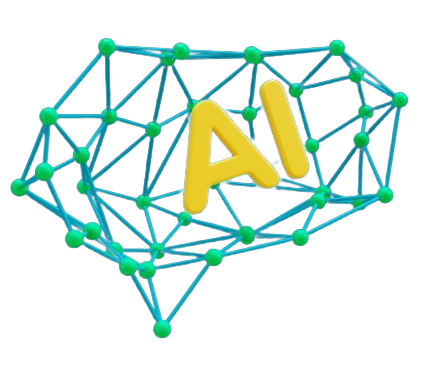Edge AI represents a paradigm shift in the field of artificial intelligence, bringing AI capabilities directly to the edge of the network and enabling real-time, intelligent decision-making in diverse applications. As organizations continue to explore the potential of Edge AI, the technology is poised to reshape industries, drive innovation, and empower the next generation of intelligent edge devices.
In recent years, artificial intelligence (AI) has made significant advancements, revolutionizing various industries and applications. One of the latest developments in the field of AI is Edge AI, which brings AI capabilities to the edge of the network, closer to where data is generated and processed. In this blog post, we’ll delve into the concept of this system, its benefits, and its implications for the future of technology.
Understanding Edge AI
- What is Edge AI?
It refers to the deployment of AI algorithms and models directly on edge devices, such as smartphones, IoT sensors, and edge servers, rather than relying on centralized cloud servers for processing. This enables real-time inference and decision-making at the edge of the network, without the need to send data back and forth to the cloud.
- How Does It Work?
These systems leverage lightweight AI models optimized for deployment on resource-constrained edge devices. Models are trained with techniques like transfer learning and quantization. This reduces size and complexity while preserving high accuracy. Running Artificial intelligence algorithms locally on edge devices, enables faster response times, improved privacy, and reduced network bandwidth usage.

Benefits
- Low Latency
Processing data locally on edge devices reduces latency and enables real-time decision-making. This makes it ideal for low-latency applications like autonomous vehicles, industrial automation, and augmented reality.
- Improved Privacy and Security
It minimizes the need to transmit sensitive data to centralized cloud servers, reducing the risk of data breaches and ensuring better privacy and security for users’ data. This is particularly important for applications that handle sensitive information, such as healthcare and finance.
- Enhanced Reliability
These systems remain operational during network outages and disruptions. They’re resilient to cloud disconnection, ensuring continuous operation. This enhances the reliability and availability of AI-powered applications, ensuring uninterrupted operation in challenging environments.
The Future of Edge AI
- Expansion of Edge Computing
As the adoption of IoT devices continues to grow, This system is expected to play a key role in enabling intelligent edge computing solutions. Bringing Artificial intelligence capabilities to the network’s edge unlocks new possibilities for real-time data analysis, predictive maintenance, and autonomous decision-making for organizations.
- Innovation in Edge AI Hardware
Advancements in edge computing hardware drive the development of powerful and energy-efficient solutions. They include low-power processors, specialized AI accelerators, and efficient neural network architectures. This will further fuel the adoption of these systems across various industries and applications.
Conclusion
It represents a paradigm shift in the field of artificial intelligence, bringing Artificial intelligence capabilities directly to the edge of the network and enabling real-time, intelligent decision-making in diverse applications. Organizations exploring these systems are reshaping industries, driving innovation, and empowering intelligent edge devices. The technology is poised to empower the next generation.
Looking to leverage the power of Edge AI for your IoT solutions? Consider partnering with tanbits, a leading provider of IoT services to harness the full potential of these systems and unlock new opportunities for innovation and growth.
BACK










